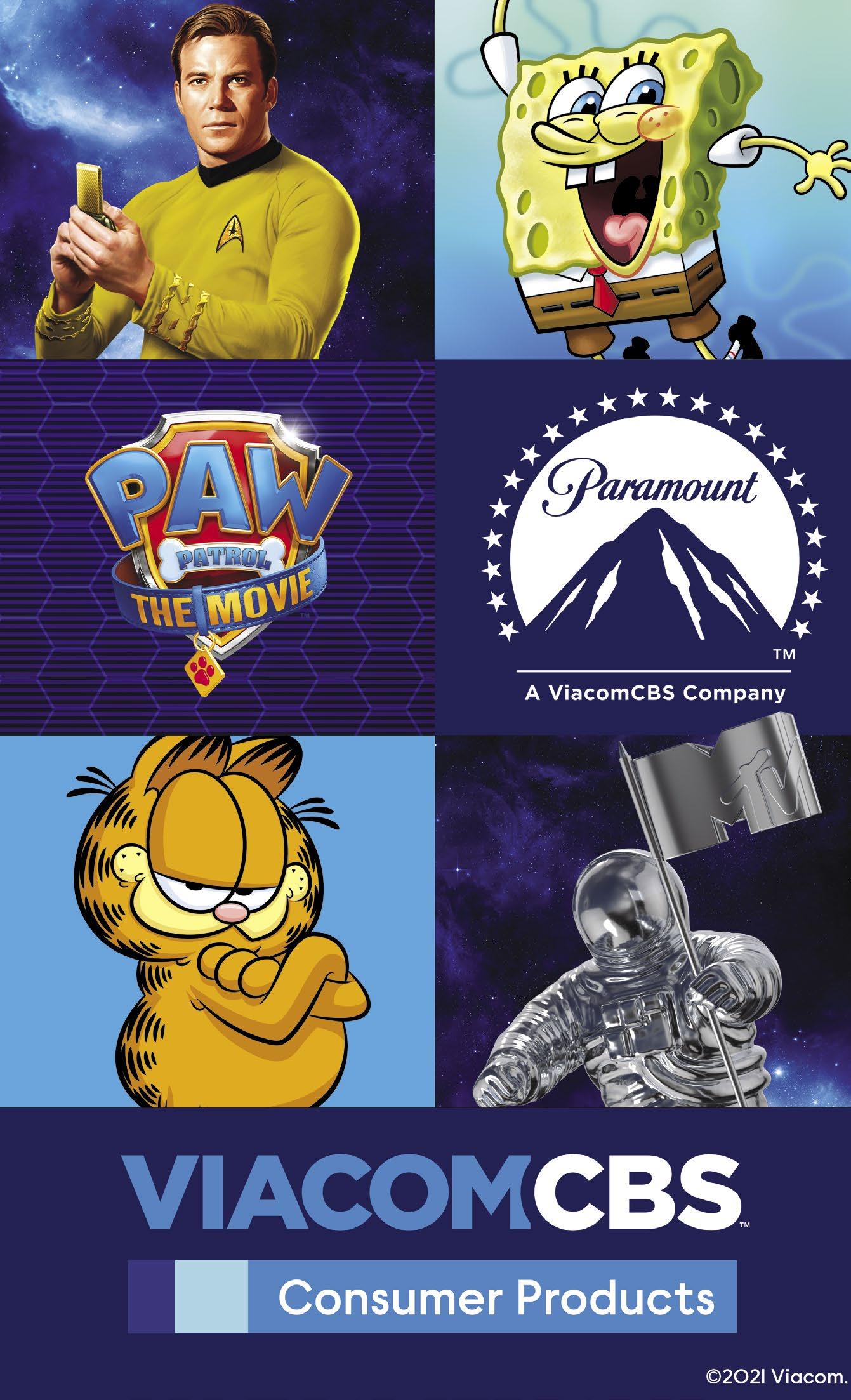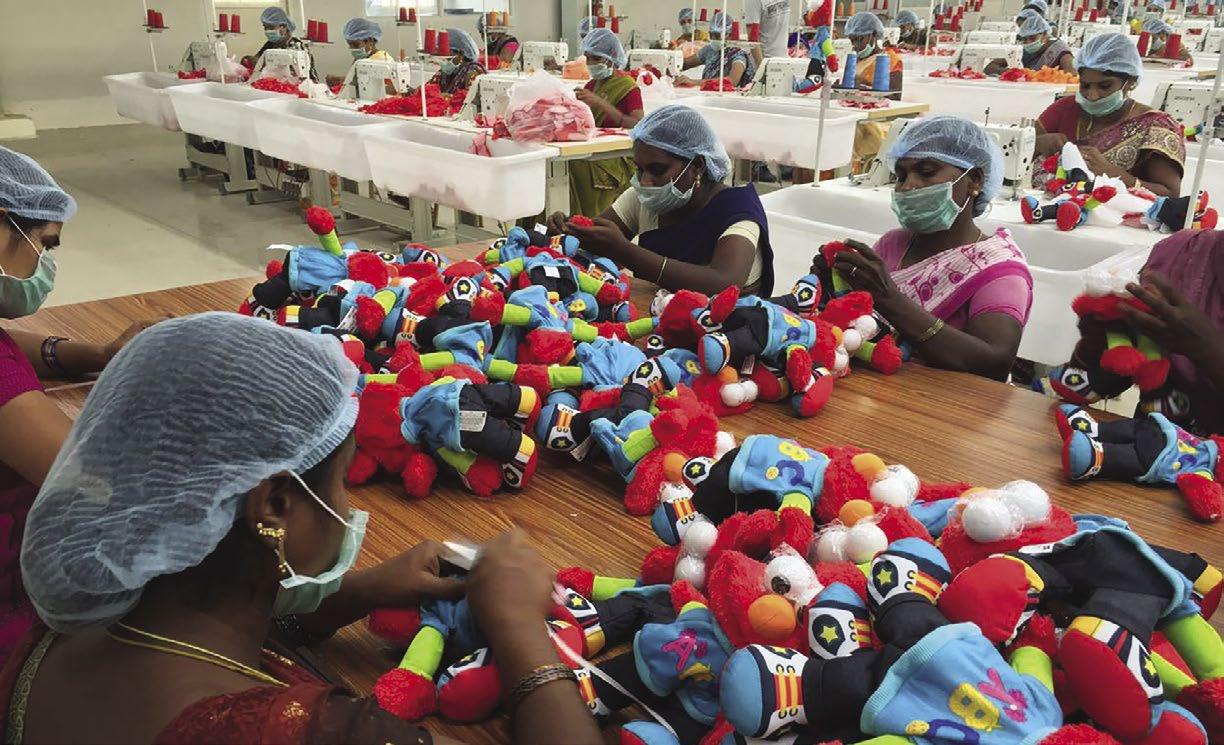TOTAL LICENSING By Martin Brochstein SVP Industry Relations and Information Licensing International www.licensinginternational. org
Diversity is at the Core, Not an Add-On
“Diversity isn’t something you get to when you aren’t focusing on the rest of the business. It is now very much the state of the business.”
That assertion from Marva Smalls, Global Head of Inclusion and EVP, Public Affairs, Kids & Family Entertainment Brands at ViacomCBS, encapsulated one of several themes running through the virtual Licensing International workshop, “Advancing Diversity in the Licensing Business,” earlier this year. (Licensing International has a D&I toolkit available for download.) While the subject of diversity and inclusion (D&I) is often tied to race and gender, the discussion has evolved over time to include such areas as sexual orientation, physical disabilities and others. The overarching goal: to achieve, in the words of one participant, “diversity of thought” that impacts decision-making. It’s also important to note that “diversity” differs from country to country, and from culture to culture. It’s means one thing in Australia, another in Brazil, has other elements in Germany, and is defined entirely differently in Japan. How the principles of D&I are applied depends on how one defines the dominant groups, and those whose voices have more trouble being heard. During the webinar, D&I issues were approached from a number of angles, including communication with employees and recruiting new talent; identifying and addressing new business opportunities; establishing goals and measuring (and incentivizing) individuals’ and the organization’s progress; and creating a structure to achieve those goals. “It really comes from the top,” said Richelle Parham, Managing Director at the venture capital firm West
80
“I need you to recognize that a significant number of your subscribers are people of color, and they’re loyal, so why not have people in the business who can speak for them and might market to them a little differently because they recognize they have some similarity in culture.” Payne Brown, President of the NBA Players Assocation’s Think450
River Group. “You have to have a diverse board [and] executive team and then that needs to get pushed down through the organization. The other thing we know, at least form the organizations that I’ve been in, is that if it’s not part of someone’s goals, they don’t actually do it.” Or, as Smalls succinctly observed: “What gets measured gets done, what gets done gets rewarded and what gets rewarded gets repeated.” “If your leadership doesn’t look like the people you serve,” Parham continued,” you actually have a problem. Because the decisions that are going to be made at the company level need to be based who you are actually serving, and creating the right type of content to not only deliver what they are looking for but to give them other options.” But it takes a conscious effort to broaden the perspective, from establishing internal employee resource groups (as is the case at ViacomCBS) to going outside one’s natural comfort zone in hiring. “Don’t always go to your own Rolodex,” said Pam Kaufman, President of ViacomCBS Consumer Products.
“Really be intentional about meeting new people. We need to bring fresh talent into this industry; too often people dial [who they] know, and that creates homogenous teams.” It’s just good business. Payne Brown, President of the National Basketball Players Association’s Think450 licensing arm, recalled his days in the Comcast executive suite, when he often was faced with making “the business case” for employee diversity: “I need you to recognize that a significant number of your subscribers are people of color, and they’re loyal, so why not have people in the business who can speak for them and might market to them a little differently because they recognize they have some similarity in culture.” Whatever business you’re in, he continued, “you not only have to understand who your audience is, but the question is do you value that audience? Do you respect their culture? Do you speak to them in a language they understand?” That “language” may be music, he said, pointing to the production of the NBA 2K videogame. But those lines are blurring. As Parham noted, “Because of the internet,YouTube, TikTok and Instagram, [kids] can actually choose the content they want to consume. And when you look at the music they’re listening to, the content they’re viewing, they’re actually choosing to look across diverse content.” Or, as Steven Wolfe Pereira, CEO of Encantos Media Studios, put it: “It’s not about multicultural marketing, it’s about marketing to a multicultural nation.”




























